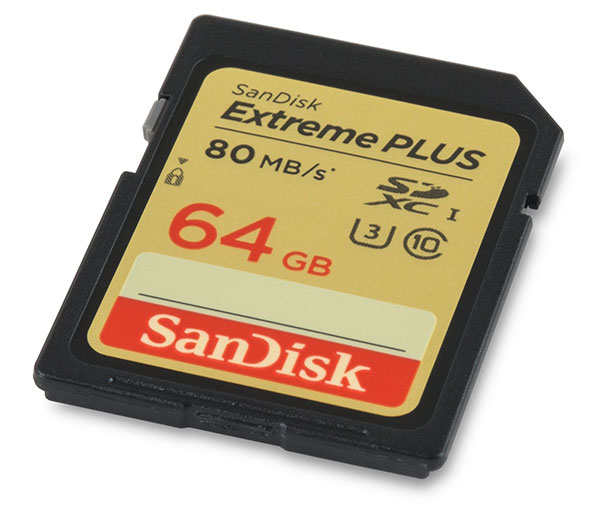


Scenarios also involved vibrations created by ultrasonic tones, which is sound that is created at a frequency higher than can be heard by humans (20 kHz and up). Tests were conducted on three different HDD manufacturers, Western Digital, Toshiba and Seagate. Prolonged exposure to those levels caused permanent data loss, program crashes and unrecoverable physical loss in the HD.
#CF CARD RECOVERY SAN FRANCISCO PC#
In a PC with a Western Digital Blue WD5000LPVX drive, researchers exposed the drive to vibrations induced by a 5 kHz tone at 115.3 dB SPL and a 5 kHz tone at 117.2 dB SPL. The experiments show that audible sound causes the head stack assembly to vibrate outside of operational bounds, causing false positives in the shock sensor, which is designed to prevent a head crash. This is in the newly released research paper entitled: How Intentional Acoustic Interference Damages Availability and Integrity in Hard Disk Drives and Operating Systems.īoth of these types of errors can lead to operating system-level or application-level problems, including corruption and system reboots. Audible waves vibrate the read/write head and platters, ultrasonic waves alter the output of the HDD's shock sensor, causing the head to park. No special equipment is needed to cause errors in the hard disk drive using either audible or ultrasonic acoustic waves. The group presented their research last week in San Francisco at the IEEE Symposium on Security and Privacy. The scenario was outlined by researchers from the University of Michigan and Zhejian University in China. In one scenario, a victim visits a website or receives a phishing message and a damaging ultrasonic tone plays through the speakers. This could be done by using inexpensive off-the-shelf speakers or could also be carried out via laptop or desktop speakers. Researchers did so by placing speakers near a computer's HDD. It can also lead to host operating system crashes, and in some cases damage the drives. Sonic and ultrasonic sound can disrupt hard drive functions.


 0 kommentar(er)
0 kommentar(er)
